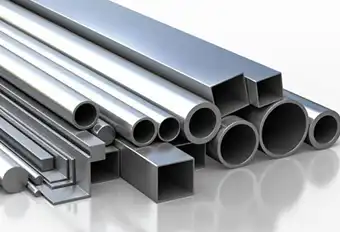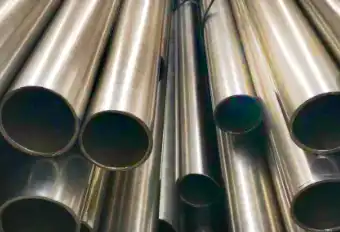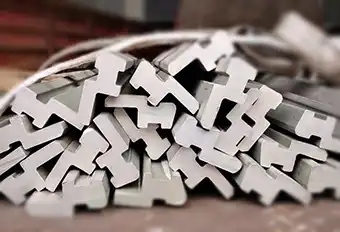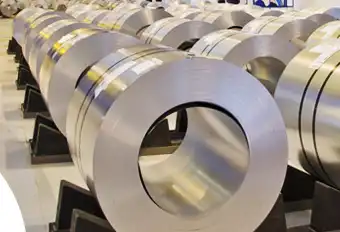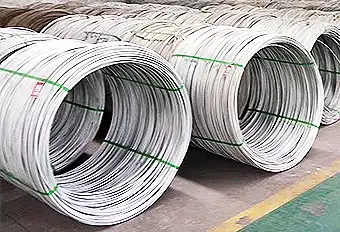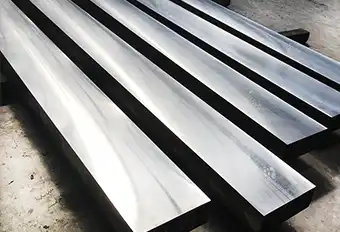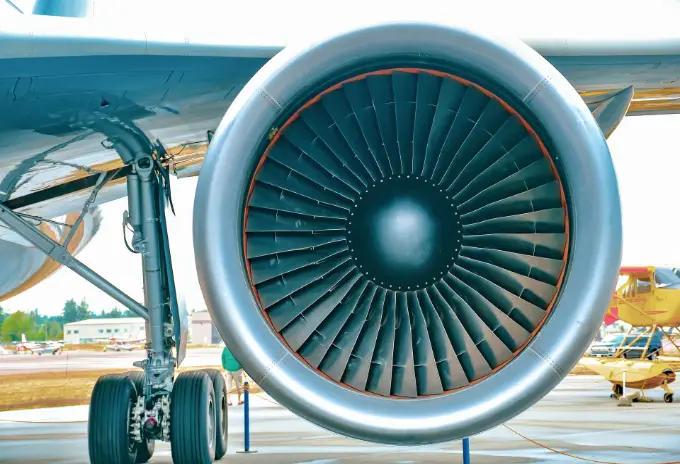Laser Cladding Technology
Laser cladding technology is just one of a number of treatments available to help improve the surface properties of metallic mechanical parts.
Laser cladding is fundamentally a melting process which is designed to fuse two metals, one layer and one substrate together with what is an extremely precise welding technique.
To improve the surface properties of metallic mechanical parts, such as the resistance against wear and corrosion, several thermal surface treatments are available; for instance, flame spraying, plasma spraying and arc welding are established techniques. Characteristic for these techniques is the application of a surface layer with the required properties on top of a cheap material without those properties. Depending on the applied technique, common problems are a combination of a poor bonding of the applied surface layer to the base material, the occurrence of porosity, the thermal distortion of the workpiece, the mixing of the surface layer with the base material and the inability of a very local treatment. One of the techniques that overcomes these problems is laser cladding.
Laser cladding has been defined as “a process which is used to fuse with a laser beam another material which has different metallurgical properties on a substrate, whereby only a very thin layer of the substrate has to be melted in order to achieve metallurgical bonding with minimal dilution of added material and substrate in order to maintain the original properties of the coating material” [Komvopoulos, 1990].
As shown in Figure 1, a metallic sample is submitted to a powerful laser beam, while powder is injected over the melted bath to form, after solidification, a layer called the clad. Large regions, greater than the laser beams diameter can be covered by performing successive overlapping tracks. Contrary to popular belief, the cladding process control is difficult because of the interactions between the laser beam, the powder particles and the melted regions. Indeed, even if the greater part of the laser power reaches the workpiece, a fraction is captured by the powder particles, which are thus heated. And only the powder particles that strike the melted bath stick, whereas the particles that strike the solid region undergo a ricochet and are then lost.
Another complex phenomenon is the workpiece absorption modification (i.e., the ratio of the available laser power on the workpiece surface over the absorbed laser power by the workpiece) following the shape of the melted region. Finally, because of the clad complex geometry that is presented under the laser beam, it is difficult to predict the laser power that minimize the remelted depth inside the workpiece, but still continue allowing the melting of the incident powder.
As mentioned above the laser cladding is a melting process in which the laser beam is used to fuse an alloy addition onto a substrate. It is the highest precision build-up welding technique. The additive material and a thin layer of the substrate are melted by the laser beam. This ensures a metallurgical bonding between layer and substrate. The alloy may be introduced into the beam-material interaction zone in various ways, either during or prior to processing. The additive material is either pre-coated onto the substrate or supplied in-situ.
Pre-coating either by thermal spraying or galvanic deposition is time-consuming and expensive, and is thus efficient only for cladding over large areas. In-situ supply refers to the injecting of additive material into the interaction zone of the laser beam and the substrate, either in form of wire or powder. Powders are more common and popular due to their virtually unlimited potential to vary the alloy composition – see Figure 2. The powders used for laser cladding should have a particle size of between 20 and 200 mm. The best feeding properties are achieved with a spherical form of the particles, typical for atomized powders. Very little of the substrate is melted, thus creating a clad with nominal alloy composition.
Figure 2: Laser cladding a) Laser welding solutions, b) Laser focus world
Typical metals that can be applied through laser cladding are:
- Tool steel (Fe, C, Cr, V)
- Stainless steel types (Fe, Cr, Ni)
- Cobalt alloys (stellites: Co, C, Cr, W)
- Super alloys (Ni, Co, Mo, Cr, Si)
- Nickel self-fluxing alloys (Ni-Cr-B-Si)
- Titanium alloys
- Aluminum alloys (e.g. Al-(Mg)-Si)
- Copper alloys
Laser cladding offers many advantages over the aforementioned conventional coating processes. It can deliver a much higher quality of coating, with minimal dilution and distortion, offering enhanced surface quality parameters. The properties of the surface material thus obtained have similar or even better characteristics than the original state. In general, the advantages of laser cladding are:
- Reduced production time
- Enhanced thermal control
- Highly satisfactory repair of parts
- Production of a functionally graded part
- Production of smart structures
-


